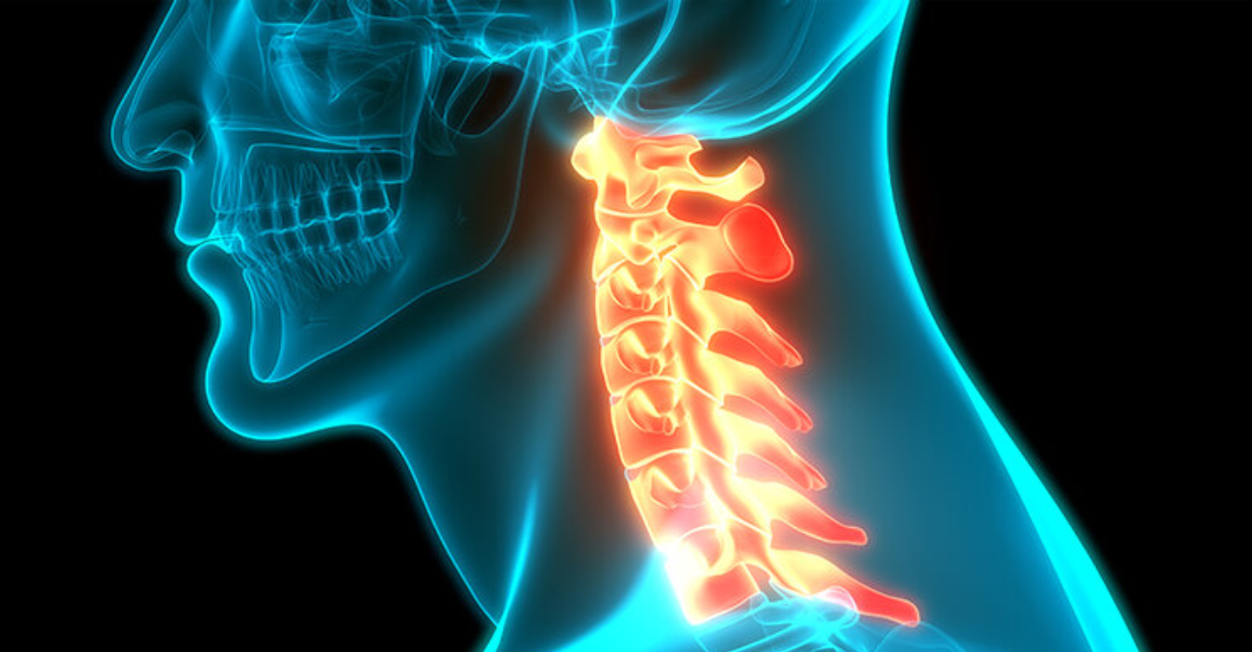
The craniocervical junction (CCJ) is a complex transitional region between the base of the skull and the upper cervical spine. It is comprised of the occiput, atlas, and axis and plays a vital role in craniospinal hydrodynamics, the relationship between blood and cerebrospinal fluid volume, pressure, and flow in the compartments of the cranial vault and spinal canal. The CCJ also encloses the encephalic vasculature of the central nervous system. Housing such important system components, it isn’t surprising that any damage to this area of the spine can lead to numerous neurologic symptoms, many of which mimic the symptoms of brain injury.
In recent years studies have shown that injury to the CCJ may cause or contribute to symptoms of mTBI, including headache, dizziness, balance and coordination problems, cognitive deficits, fatigue, insomnia, and emotional changes such as irritability, depression, and anxiety. In 2015, Dr. John Leddy and his team at the University of Buffalo published an article suggesting just that and other articles have followed adding credibility to Dr. Leddy’s findings. For example, the Journal of Sports Medicine wrote about the topic in an article titled Cervical Spine Involvement in Mild Traumatic Brain Injury: A Review. In this article, the author wrote “following a trauma, structures such as the cervical spine, the vestibular ocular system, and the temporomandibular joint can be injured.” The article also notes that “neck pain, headaches, dizziness, and balance dysfunction are common symptoms associated with both mTBI and cervical spine injury.” Addressing neck injuries, the article suggests, may lead to better mTBI recovery.
A leading researcher in the chiropractic field, Dr. Scott Rosa, has also written about how injury to the CCJ may cause or contributor to mTBI symptoms. He refers to this as “Craniocervical Junction Syndrome” and has treated many high-profile patients, including Jim McMahon, former Chicago Bills quarterback.
While randomized controlled trial testing on this hypothesis is currently in progress, the notion raises the question of how MRIs should be performed when diagnosing mTBI. Doctors typically order an MRI of the skull in a patient showing symptoms of brain injury, however, it is possible, based on the articles aforementioned, that an MRI of the cervical spine would help in developing an effective treatment plan for mTBI patients.